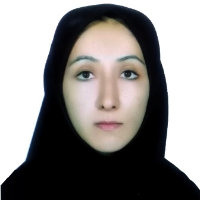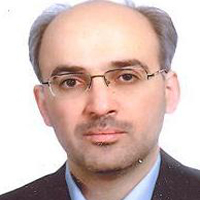مقالات رزومه «دکتر شهریار نفیسی»
-
-
Improved diagnostic yield of neuromuscular disorders applying clinical exome sequencing (CES) in patients arising from a consanguineous population
-
Diagnostic laboratory challenges about Charcot-Marie-Tooth disease
-
Effect of Vitamin A Supplementation on fatigue and depression in Multiple Sclerosis patients: A Double-Blind Placebo-Controlled Clinical Trial
نمایش عناوین بیشتر...
فهرست مطالب این نویسنده: 53 عنوان
بدانید!
- این فهرست شامل مطالبی از ایشان است که در سایت مگیران نمایه شده و توسط نویسنده تایید شدهاست.
- مگیران تنها مقالات مجلات ایرانی عضو خود را نمایه میکند. بدیهی است مقالات منتشر شده نگارنده/پژوهشگر در مجلات خارجی، همایشها و مجلاتی که با مگیران همکاری ندارند در این فهرست نیامدهاست.
- اسامی نویسندگان همکار در صورت عضویت در مگیران و تایید مقالات نمایش داده می شود.






